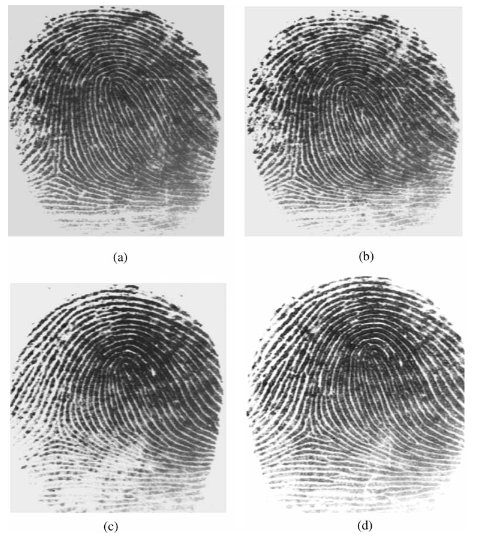AI can detect whether prints from two distinct fingers belong to the same person.
The prints from two fingers on the same hand may appear distinct, but AI can identify essential commonalities.
Current technologies are only capable of matching fingerprints left by the same finger. But previous studies have hinted there may be fundamental similarities between all of a person’s fingertips.
An artificial intelligence algorithm can distinguish whether fingerprints from different fingers came from the same individual, potentially making forensic investigations more efficient.
A team from the US university trained an AI tool to evaluate 60,000 fingerprints to see whether it could identify which ones belonged to the same person.

According to the researchers, the technique can determine with 75-90% accuracy whether prints from various fingers were from the same person.
But they don’t know how it works.
The researchers believe the AI tool analysed fingerprints in a different way than previous approaches, focusing on the direction of the ridges in the core of a finger rather than the way the individual ridges end and fork, known as minutiae.
“It is clear that it isn’t using traditional markers that forensics have been using for decades,” Lipson added. “It seems like it is using something like the curvature and the angle of the swirls in the centre.”
The findings of Columbia University’s study could have implications for both biometrics (the use of a single finger to unlock a device or provide identity) and forensic science.
If, for example, an unidentified thumb print is discovered at crime scene A and an unidentified index finger print at crime scene B, the two cannot currently be forensically linked to the same person – but the AI tool may be able to detect this.
The Columbia University crew, none of whom had forensic credentials, admitted that additional investigation was required.
AI technologies are normally taught on massive volumes of data, and many more fingerprints would be necessary to advance this technique further.
Furthermore, all the fingerprints utilised to create the model were full prints and of good quality, however in the real world, partial or bad prints are more commonly encountered.
However, this could be difficult to respond because the researchers are not exactly what the AI is doing, as is the case with many AI-powered tools.



